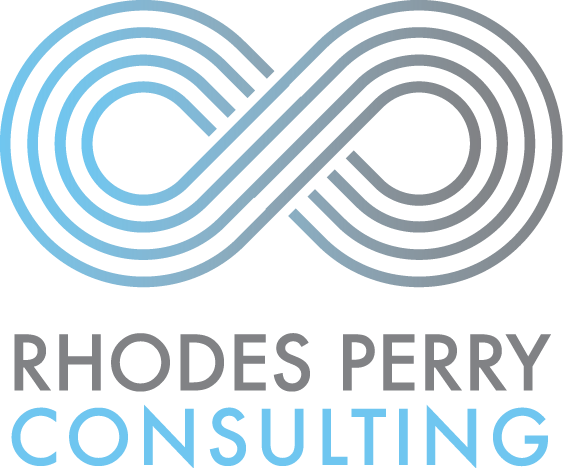2018 DEI Trends: Assessing the ROI of Your Diversity Efforts
Last week I published the third of six posts exploring emerging trends for diversity, equity, & inclusion (DEI) professionals. This week’s post examines how we can effectively measure the impact of our DEI initiatives. Initiatives for the purposes of this post include everything from creating a shared DEI vision to implementing systematic and tactical programs to cultivate a workplace culture of belonging. While I have written previous posts about the importance of benchmarking DEI efforts, the following information takes a fresh look at how some of the available metrics to help determine the return on investment (ROI) for this work.
As more and more workplaces begin to understand the business case and the value of investing in DEI efforts, they must also clarify their organization’s definition for success to better gauge the value of this work. To best measure the ROI for your DEI efforts, it’s essential to establish metrics that help determine if and how the proverbial cultural needle is moving. Too often, organizations hastily introduce workplace DEI efforts that sound good on paper, yet fail to deliver on the goal of creating more inclusive workplace cultures. To more effectively manage DEI outcomes, more leaders are embracing the use of metrics to assess their impact.
Intuitively we may understand the importance of developing metrics and collecting data to inform our decisions, yet many lack clarity on what those metrics should be when it comes to evaluating DEI efforts. To take some of the guessing work about of creating metrics, let’s take a look at a few common metrics leading firms have established:
1) Retention. While research indicates that DEI efforts lead to longer retention rates for employees, you’ll want to gather your own data to gain clarity around how much money your organization is saving through retaining employees. A few formulas the Society for Diversity recommends to help assess ROI include:
(Average value of employee in terms of output X years in org) – (Recruitment & training costs) = (Human capital value of employee)
(Average length of stay pre-inclusion efforts) – (Average length of stay post-inclusion efforts) = (Retention improvement)
(Retention improvement) * (Average value of employee in terms of output X year in org) – (Cost of inclusion efforts) = (Value of inclusion efforts)
2) Employee/Customer Satisfaction. Other organizations assess how satisfied their employees and customers are with the business. To take some of the mystery out of how to link this concept of “satisfaction” to a monetary level, consider conducting an employee & customer satisfaction survey. If you have multiple locations, this experiment works best. What you’ll find is that locations with the most satisfied employees and customers often have the highest profit margins. Sharing this data with senior leaders will help demonstrate the ROI of your DEI efforts.
3) Public Relations. Tracking positive press related to your organization’s DEI efforts is another way to measure this work’s ROI. For example, if your organization was recognized as a leader in the HRC’s Corporate Equality Index, or if you received a business award for your DEI efforts, this should be tracked and calculated from the perspective of paid PR. If you’re unsure of how to track this coverage, talk with your marketing department. They’ll underscore how expensive earning media coverage can be. Bottom line, positive, organic media attention earned will increase your efforts’ ROI.
4) Avoiding Lawsuits. You may also want to track the number of lawsuits that your organization avoided because of the inroads your DEI efforts have made. One of the easiest ways to come up with this value is by determining the average number of discrimination and harassment lawsuits filed before your DEI efforts were introduced, and compare them to the number filed after your DEI efforts were introduced. A general rule of thumb is that for every $250,000 invested in DEI efforts, an organization saves almost $2 million. Much of this savings comes from the reduction of litigation and the increase in employee productivity and customer loyalty.
5) Increasing Market Share. Intentionally diversifying, and including the expertise of staff in your marketing and sales department can lead to a significant increase in the ROI of your DEI efforts. For example, if you want to increase your market share with LGBTQ consumers who have an estimated $1 trillion of annual purchasing power, consider hiring more LGBTQ sales and marketing staff to inform your plan. Similarly, if you want to begin selling products to Latinx consumers who have an estimated $1.4 trillion in annual purchasing power, you will want to hire more Latinx sales and marketing staff, with a focus on hiring those staffers who speak Spanish to connect with this new market. Then compare the cost of hiring new employees with the increase in profits.
6) Increasing Diverse Suppliers. Finally, it’s essential that your procurement team begins to develop metrics to identify the number of diverse suppliers you contract. Leading firms often dedicate 10-15% of all contracting opportunities for businesses owned by people of color, women, people with disabilities, LGBTQ people, and Veterans to give them a competitive edge with innovation in their industry. Those businesses that invest in supplier diversity programs realize that some of the solutions they seek around appealing to new markets, and building new pipelines to hire high-potential staff are best solved by diverse suppliers. For additional guidance on how to assess the ROI of your organization’s supplier diversity efforts, review this presentation.
Incorporating some of the above metrics will save valuable time and assess the ROI of your organization’s DEI efforts. In 2018, expect to see new and innovative ways to build upon these basic metrics. If you’re interested in learning more about these and other trends, register for the next RPC webinar, Exploring 2018 DEI Trends, scheduled for Thursday, April 12, and if you would like more support and strategies related to this work, subscribe to the RPC Belonging at Work Newsletter.


